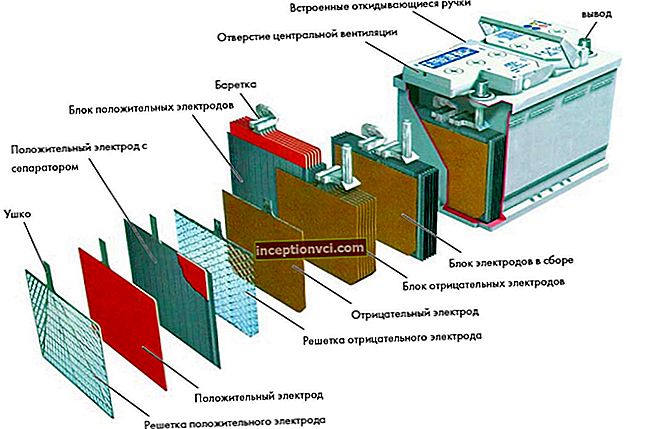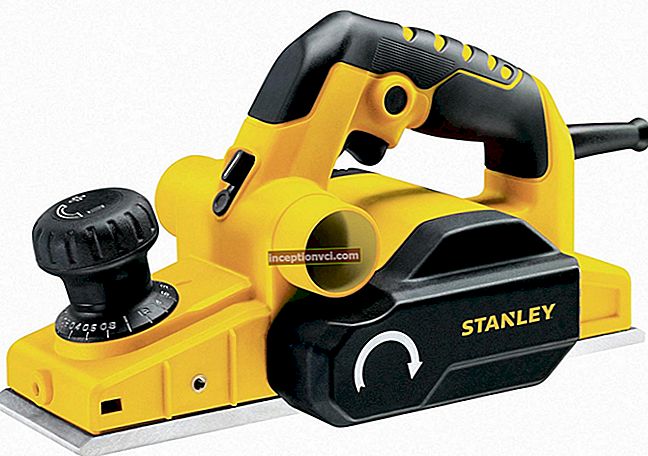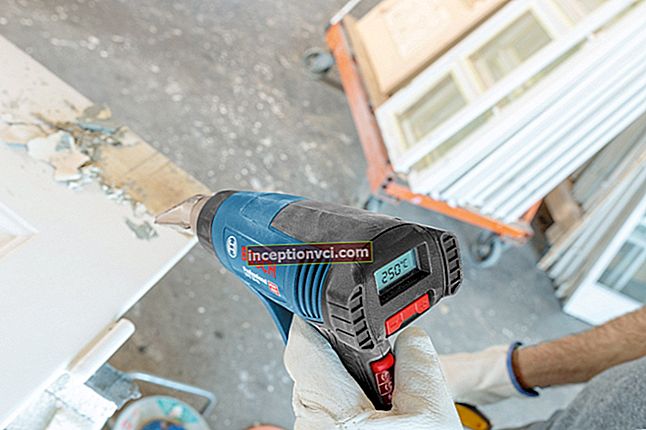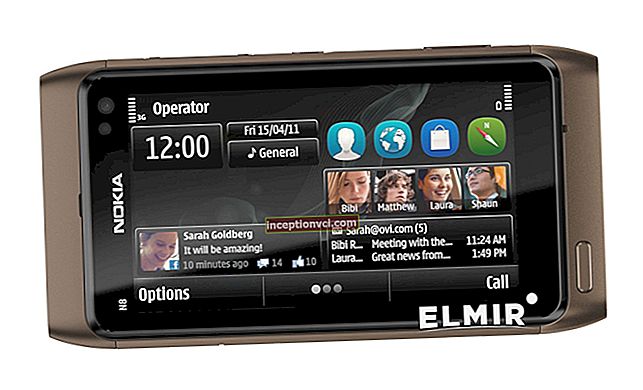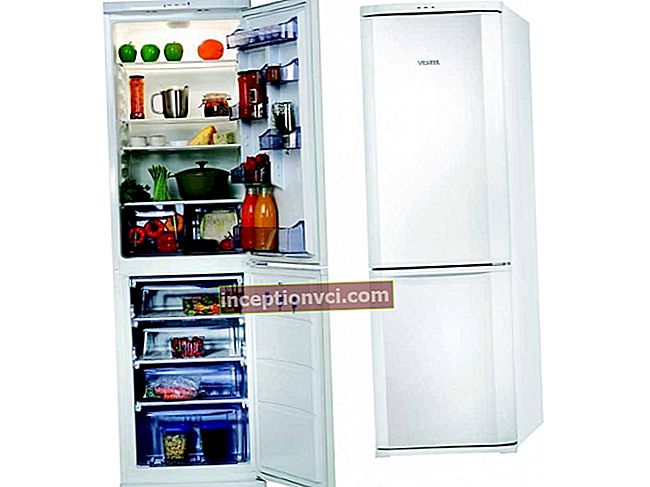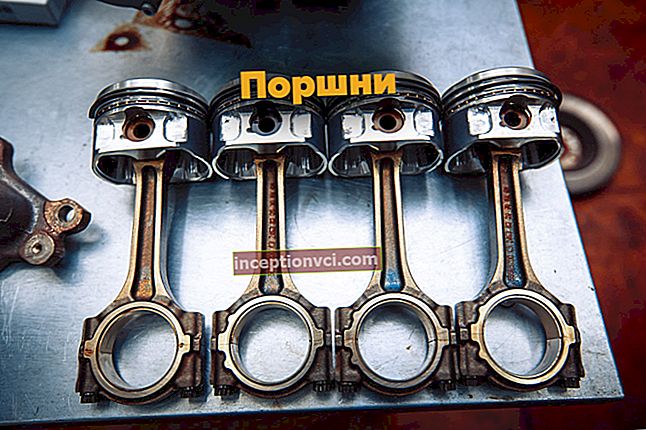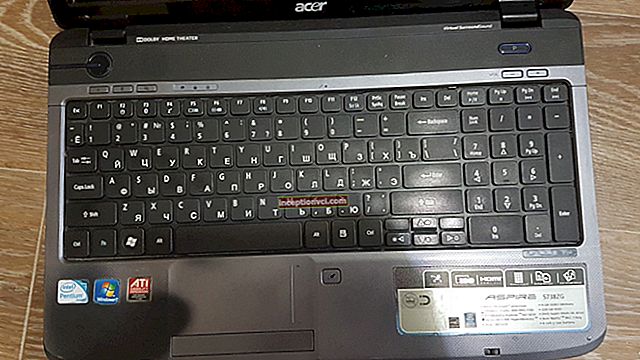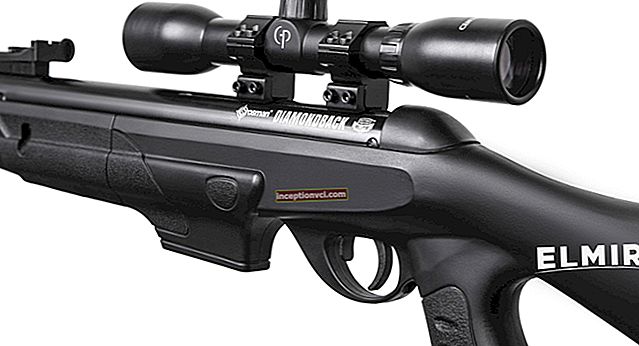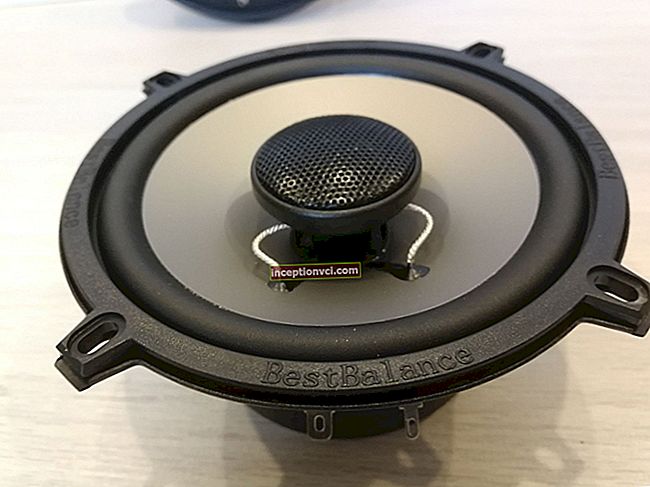Here are the main parameters when choosing a tent for tourism.

1. Method of attachment to the frame and the strength of the arcs
There are two types of attachment of the tent to the frame:
- The frame is located outside the awning; the tent is suspended from the awning... It is easier to assemble such a structure in the rain or in strong winds. First, the awning is installed, and then the inside. However, such a tent cannot be set up without an awning.
- The tent is suspended from a frame located under the awning. First, the tent is set up, then the awning is pulled over the frame. In the rain, you need to act quickly so as not to get wet. But in the heat, you can do without an awning.
The strength and stability of the "camp house" depends on the quality of the arcs. The thicker the arcs, the stronger and heavier they are.
- Aluminum alloy arches: do not deform, they can be repaired in field conditions.
- Arcs made of fiberglass (fiberglass): 1.5 times heavier than aluminum; often break down due to temperature changes, cannot be repaired, cheaper than aluminum ones.
2. Number of wall layers
- Single layer tents (without awning). Sewn from waterproof fabric. A good (but more expensive) option is Gore-Tex membrane fabric, or similar, capable of passing water vapor. Otherwise, it will be stuffy to sleep, moisture will settle on the walls and drain down, forming puddles on the floor.
- Double layer tents (with awning). They are a product made of a vapor-proof material, which is covered with a waterproof awning. Due to the reinforced waterproof properties of the awning, they better protect against rain than single-layer ones. Between the awning and the tent there are small “vestibules” in which things are hidden. Disadvantages of double-layer tents: more weight and complexity of installation.
3. Waterproof tent
Water resistance is measured in millimeters of water column and is indicated in the product passport immediately after the name of the fabric. It varies from 600 to 10,000 mm of water. Art. and means the water pressure per 1 m² of fabric, at which the first drop of water appears on the back of the fabric. Please note that the bottom of a "camp house" for serious hikes should have a higher water resistance than an awning, since the weight of the tourist's body presses on it.
- Up to 2000 mm of water Art. - tents with low water resistance. Suitable for rest in clear weather.
- Up to 3000 mm of water Art. - with medium water resistance. Withstand rain, but not rain.
- Above 3000 mm H2O Art. - you can sleep peacefully, no matter what clouds hang over you.
 To prevent the tent or awning from leaking at the seams, they must be glued and stitched with lavsan or nylon threads.
To prevent the tent or awning from leaking at the seams, they must be glued and stitched with lavsan or nylon threads.
4. Strength of the material
When choosing a tourist tent, you should pay attention to the structure of the fabric from which it is sewn:
- taffeta (Tafetta) - densely woven fabric with increased water resistance;
- Oxford (Oxford) - fabric with weaving in several threads; has an increased density with a slight decrease in water resistance;
- rip-stop (Rip-stop) - fabric with intermediate weaving of strong thick thread; resistant to tears, but flows in places where thick threads are woven.
5. Fabric material
For sewing the product, fabrics based on polyamide or polyester fibers are used.
1. Polyamide fabrics (nylon, nylon)
Advantages:
- durable;
- lungs;
- abrasion resistant.
Disadvantages:
- stretch when wet;
- lose strength under the influence of sunlight up to 40% per year.
2. Polyester fabrics (polyester, lavsan)
Advantages:
- do not stretch when wet;
- more UV resistant than polyamide fibers.
Disadvantage:
- high price.
Which tent to choose?
1. Camping tent
Large high tent with a vestibule and windows. Good for a comfortable family vacation, but not for backpacking.In some models, you can change the volume: during the day it can be used as a storage for food and clothes, at night - for sleeping.
Advantages:
- you can stand upright,
- roomy.
Disadvantages:
- heavy weight,
- it heats up for a long time and cools down quickly due to its significant volume,
- complex installation.
2. Trekking tent
Designed for trekking and hiking along the hiking trails. Models differ in spaciousness and volume. Often they are sewn on the basis of fragile and short-lived materials and equipped with an outer frame. With careful handling, it will last for several seasons.
Advantages:
- easy,
- easy to transport,
- relatively inexpensive.
Disadvantages:
- permeable,
- heats up and cools down quickly,
- does not have a vestibule and windows.
3. Assault tent (for mountain tourism)
Designed for extreme conditions. Lightweight (2-4 kg) but small. Made of sturdy materials, waterproof. It tolerates temperature changes well, keeps heat reliably, therefore it is used in winter and in high mountains.
 Advantages:
Advantages:
- durable - made of polyester with water-repellent impregnation,
- waterproof bottom and taped seams,
- inner frame.
Disadvantages:
- high price,
- not comfortable to stay.
4. Beach tent
Take it with you if there are no trees on the beach to shade from the sun. It will also help to wait out the annoying wind that falls asleep in the eyes, mouth, things.
Advantages:
- does not get as hot as other types of tents,
- inexpensive,
- lightweight.
Disadvantage:
- will not protect against rain.
 Tents for hiking with a backpack and a guitar do not exhaust all the variety of these "dwellings". Knowing how to choose the right tourist tent, you can easily navigate to the "Tents" section of our store and find the best one for yourself.
Tents for hiking with a backpack and a guitar do not exhaust all the variety of these "dwellings". Knowing how to choose the right tourist tent, you can easily navigate to the "Tents" section of our store and find the best one for yourself.
Happy choice!
Watch the video review of Red Point Steady EXT 3
